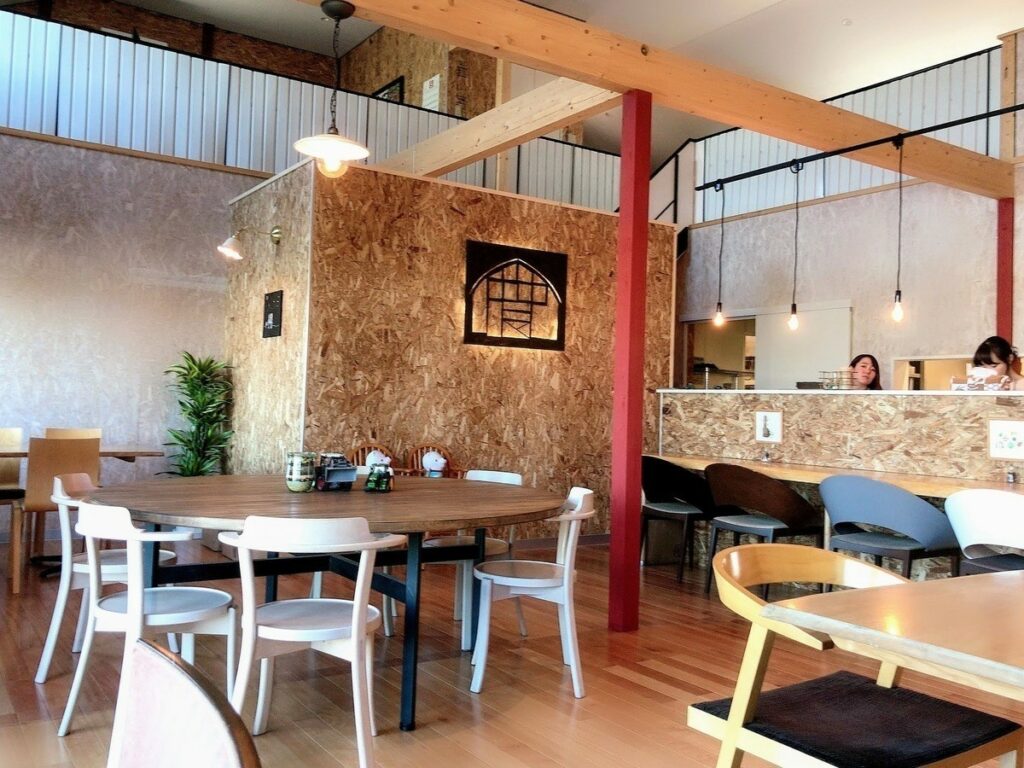Do you know the real taste of good rice?
Do you think you can tell good rice from not-so-good one? If you think “Rice is just a foil to the main dish, and there is not much of a difference,” that’s completely wrong. Today, I’m going to introduce a restaurant famous for good rice in Hokkaido. More than 30 years ago, when I was a kid, rice made in Hokkaido (our home prefecture) was not so good, but most of the Hokkaido people ate it because it was much cheaper.
The times have changed, and now, proudly enough, Hokkaido rice has become a brand in Japan. Due to the breed improvements made repeatedly over time, I think it’s almost impossible to judge good or bad rice, but there’s only one way: Try it after rice gets cold. Really good rice is delicious even after it has cooled down. Some of you may think “What’s the point for the difference? A microwave is in most homes now.” I know, but we have a custom to make rice balls and eat them outside, like sandwiches for a picnic.
Rice cultivation is much better in efficiency than wheat cultivation
As I wrote it in the blog last before, currently the annual purchase volume of bread and rice becomes roughly even in Japan. We may no longer be able to say Japan is the country of rice, but my question is why our ancestors chose rice cultivation in the first place when wheat cultivation had already started in other areas like the Eurasian Continent. The climate of Japan is often said to be warm, humid, and rich in water. I just simply thought rice cultivation was chosen due to the climate characteristics of Japan, but I immediately recognized the imperfection of this theory. If the climate is good for rice cultivation, it must be also good for wheat cultivation. In fact, our home prefecture Hokkaido is famous for both rice and wheat production.
While examining some documents, I found the definite reason why our ancestors chose rice cultivation about 10000 years ago. It’s because rice cultivation is much better in efficiency per area (about 1.5 times) and seed-to-harvest ratio (about 5 times) than wheat cultivation. There would be no other choice for Japan, such a small island area surrounded by the sea. In addition, I learned I had had a big misunderstanding about the environment of Japan. It’s not rich in water at all. Indeed, we have a lot of rain, but the rain water very quickly flows to the sea in Japan where mountains occupy 70% of the land. In order to make the land fertile, our ancestors had spent years to developed waterways across Japan, and the total length of the waterways amounts to 400,000 km (10 turns of the earth).
Japanese curry rice restaurant run by a rice farmer
Now, let’s get back to the main subject of this article. The name of the restaurant famous for good rice is “No-Ka-Ya” meaning “Farmer’s store” in Japanese. It’s run by a rice farmer actually, and so, the rice and some vegetables used for their menu are made right on site. The location is also great. It’s located in the middle of their rice fields on the way from the airport to the city center of Asahikawa. You can enjoy watching the growth progress of rice plants while waiting for food. Another good thing is’”you can experience our dining chairs in the cozy building renovated from a barn.

Photo credit: https://asatan.com/articles/1358

Shungo Ijima
He is travelling around the world. His passion is to explain Japan to the world, from the unique viewpoint accumulated through his career: overseas posting, MBA holder, former official of the Ministry of Finance.

